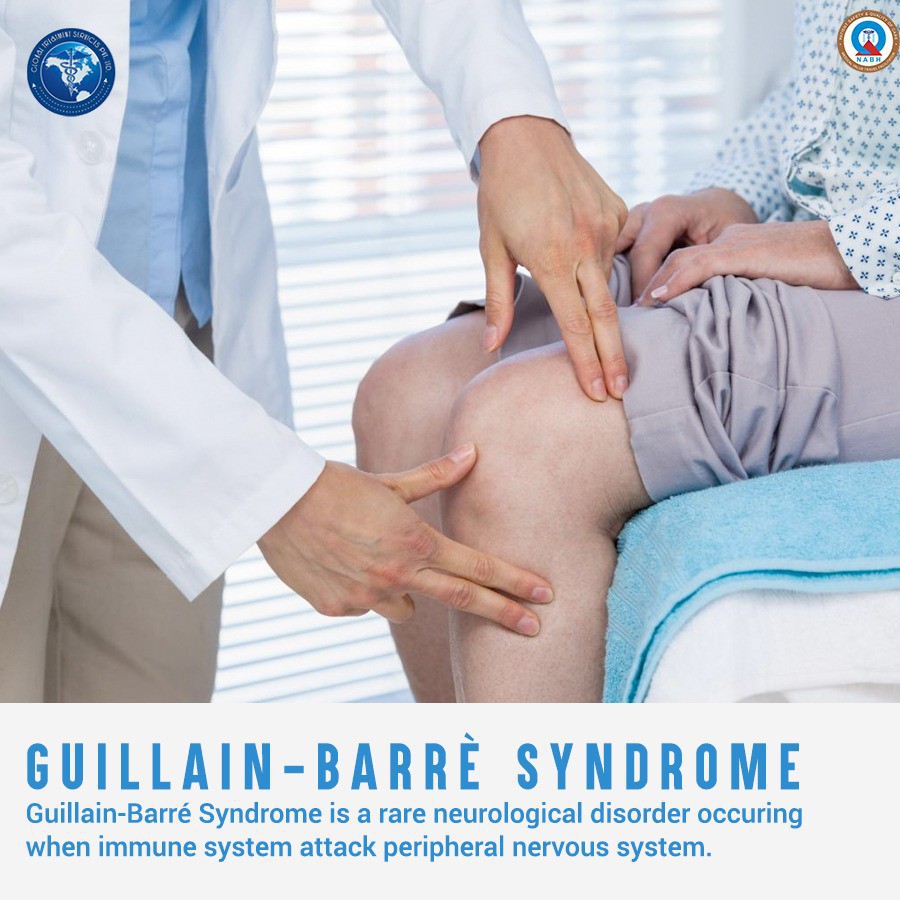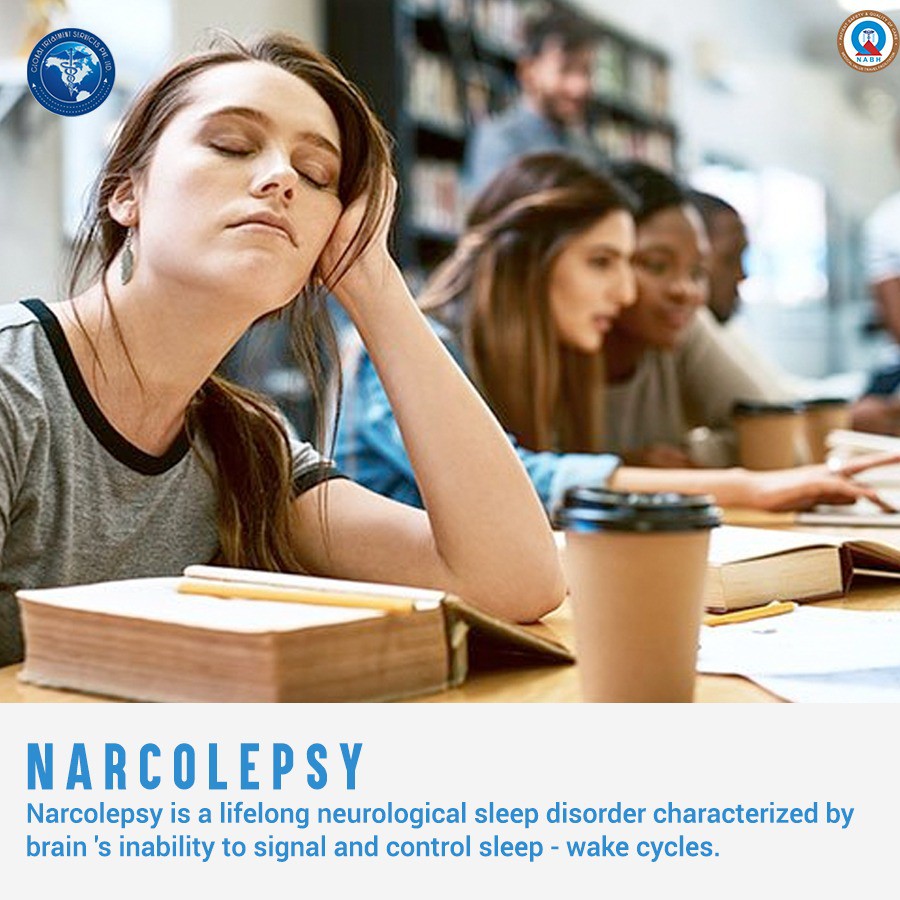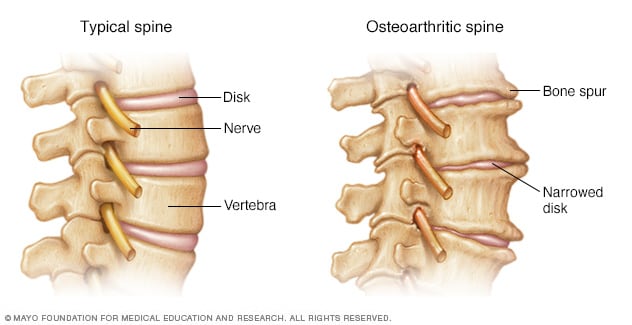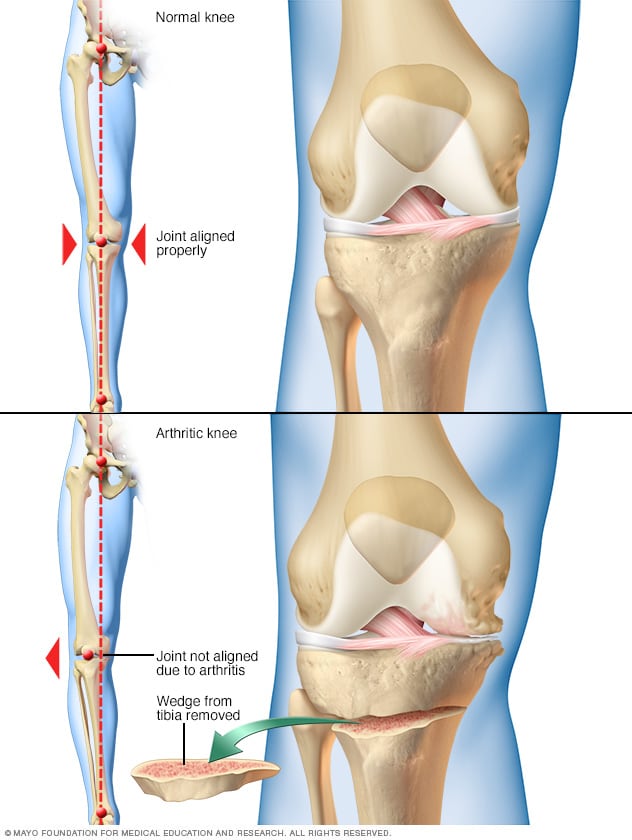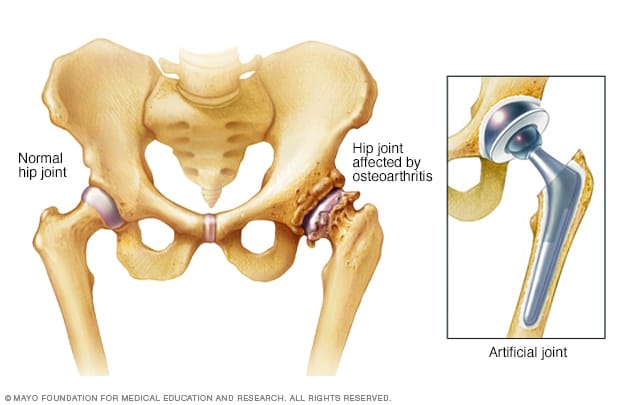It is estimated that more than 5 million people are living with lupus worldwide.Lupus is a complex disease which can cause inflammation throughout the body damaging any part including skin,joints,organs-kidneys,heart,lungs- and bodily systems-blood vessels and nervous system.about 90% lupus sufferers are women of child bearing age.The illness is usually aggressive in children and teenagers than in adults.And it is a harsh reality that 20% of lupus diagnosis happens to be in children.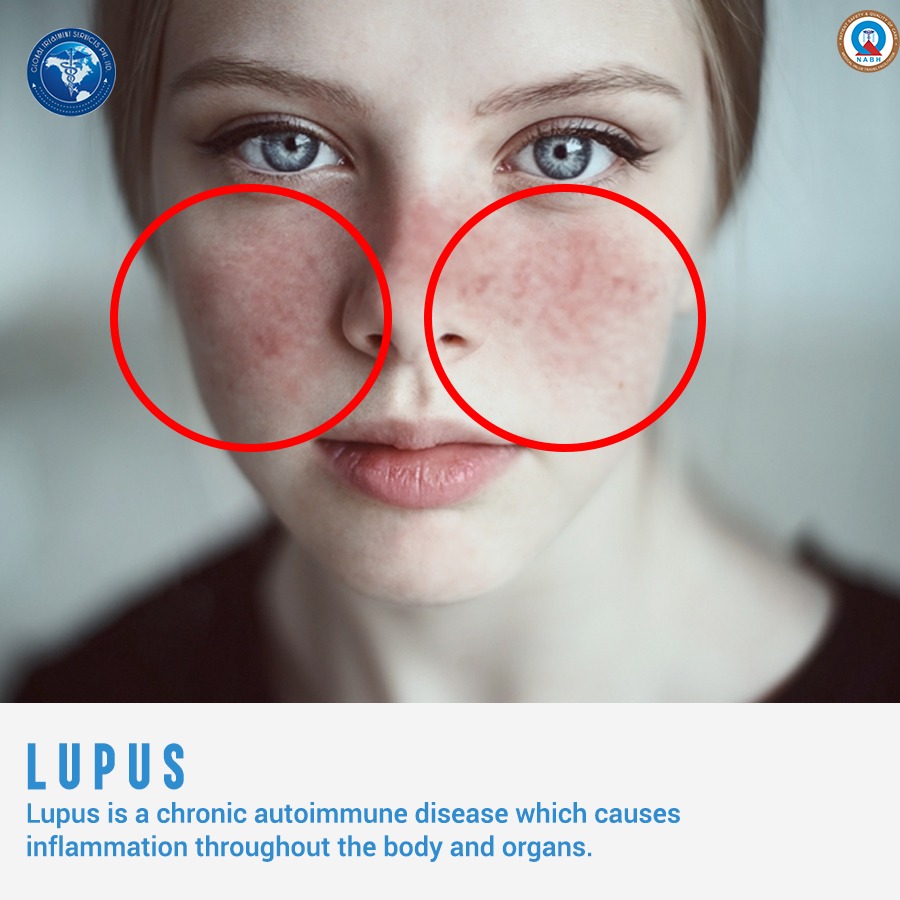
In lupus,immune system is hyper active and produces abnormal antibodies invading bodily tissues and organs.This condition is thought to be triggered by a combination of genetic and environmental factors.Lupus when referred generally means Systemic Lupus Erythematosus (SLE) which is the most common form of lupus. SLE in its severe cases involve complications to major organ system.Before we analyse SLE in detail, let us have a brief look at three other types of lupus.
Cutaneous lupus erythematosus
This is the form of lupus limited to the skin but is worsened by exposure to sun. Discoid rash which is the most prevalent rash appears raised, scaly and red, but not itchy.In another form namely ‘Butterfly rash’ ,rash appears over the cheeks and across the bridge of the nose.It is to be noted that Butterfly rash happens to be the significant symptom of SLE. Also,10% of people who have cutaneous lupus will develop systemic lupus.
Drug-induced lupus erythematosus
Although ,the symptoms of drug-induced lupus resemble systemic lupus,it rarely affects major organs.It is a lupus-like disease and symptoms generally vanish in about six months once after the drug intake is stopped.Lupus inducing drugs include Hydralazine—Treatment for high blood pressure or hypertension,Procainamide—Treatment for irregular heart rhythms and Isoniazid—Treatment for tuberculosis.
Neonatal lupus
A condition which affects infants of whose mothers are lupus patients, but rarely.It is due to the antibodies of mother acting upon the infant in the womb .Consequently,the baby at birth may have skin rash, liver problems, or low blood cell counts. Fortunately,symptoms disappear completely within months leaving no lasting effects. Some infants can also have a serious heart defect.
Systemic Lupus Erythematosus (SLE)
Symptoms
Lupus range from mild to life-threatening forms.As mentioned earlier,butterfly rash or malar rash is one of the striking feature of Lupus in general.Lupus begin to manifest with a fever, vascular headaches, epilepsy, or psychoses.Several people will have to suffer from cardiovascular disease, strokes, disfiguring rashes, and painful joints.People also experience extreme fatigue, hair loss, cognitive issues and devastating physical impairments. For others, there may be no visible symptoms.
Symptoms also exhibit relapses(symptoms flare up and become worse) and remissions (symptoms settle down).For some,symptoms are seen to be constant.
In the mild variant,sufferers are usually young women.They experience photosensitivity and hypertension.
Symptoms are limited to arthritis-like joint pain,fatigue,sun light induced skin rashes,mild anemia and problems with blood platelet regulation.Moderate lupus inflame skin and other parts of the body,including lungs,heart and kidneys.
Severe SLE may result in
- Kidney disease called lupus nephritis.
It can be so damaging that dialysis or kidney transplant may be required. - Major blood disorders; Inflammation in the brain’s blood vessels can cause high fevers, seizures, and behavioral changes.
- Neuropsychiatric symptoms such as mild cognitive dysfunction, organic brain syndrome,peripheral neuropathies, sensory neuropathy, transverse myelitis, and paralysis and stroke.
- Terrible psychological disorders like personality change, paranoia,mania,schizophrenia,epilepsy , psychosis
- Hardening of the arteries or coronary artery disease—the buildup of deposits on coronary artery walls—can lead to a heart attack.
- Problems with the lung, heart and pancreas.
- Serious form of lupus rash results in “bullous” lupus rash.
- Raynaud’s phenomenon-fingers and toes turning white or blue and feeling numb when a person is cold or stressed
Diagnosis
Diagnosis is challenging as there is no single test specifically for lupus.Tests are usually a combination of blood and urine tests,physical examination findings ,symptom analysis and medical history.
Complete blood count:For WBC,RBC and platelet counts.
Urine analysis: To check for higher levels of protein and RBCs or if kidney is affected
Blood clotting test:To test for clotting problems.
Biopsy:Tests to check for signs of inflammation by removing a small piece of tissue from different parts of body.(For eg: skin biopsy,kidney biopsy)
Antinuclear antibody (ANA) test. A positive result for the presence of these antibodies indicates a stimulated immune system. As most people with lupus have a positive ANA test ,if tested positive for ANA, more-specific antibody testing may be advised by rheumatologist.
As symptoms gradually present over time and also varies from time to time,diagnosis may require series of repeated tests.
Treatment
Currently,there is no complete cure for lupus.Treatments are generally used to ease the symptoms and prevent organ damage.Mild forms can turn into severe SLE due to flare ups leading to irreversible damage to the organs.Although still treatable,close monitoring is required to reduce the chances of organ damage.
Treatment must be tailored for individuals.Also,treatment for different forms are different.
Treatment for mild SLE
Nonsteroidal Anti-inflammatory Drugs (NSAIDs):For joint pain and muscle pain are classic early symptoms of mild SLE.
Anti-malarial Agents:The malaria drug hydroxychloroquine (HCQ) for both the muscle and bone pain of SLE as well as the rashes and other sunlight-induced skin problems caused by SLE
Corticosteroids:Low dose corticosteroids are often effective in treating the musculoskeletal inflammation, fatigue, occasional low-grade fever.
The bad news is that for those with mild SLE, the side effects of these conventional treatments outweigh their benefits
Emerging Therapies: Hormone Manipulation
Although it doesn’t mean that estrogen cause lupus,there is evidence that estrogen and prolactin somehow regulate the severity of lupus.This suggests that controlling these hormones through drugs can be groundbreaking treatment for SLE.
Treatment for severe SLE
Cytotoxic agents such as cyclophosphamide, azathioprine and cyclosporine are only used for severe SLE, as they can cause many serious side effects
Intravenous immunoglobulin (IVIg) is a substance that has the ability to regulate lupus activity and neuropsychiatric mainifestations.











